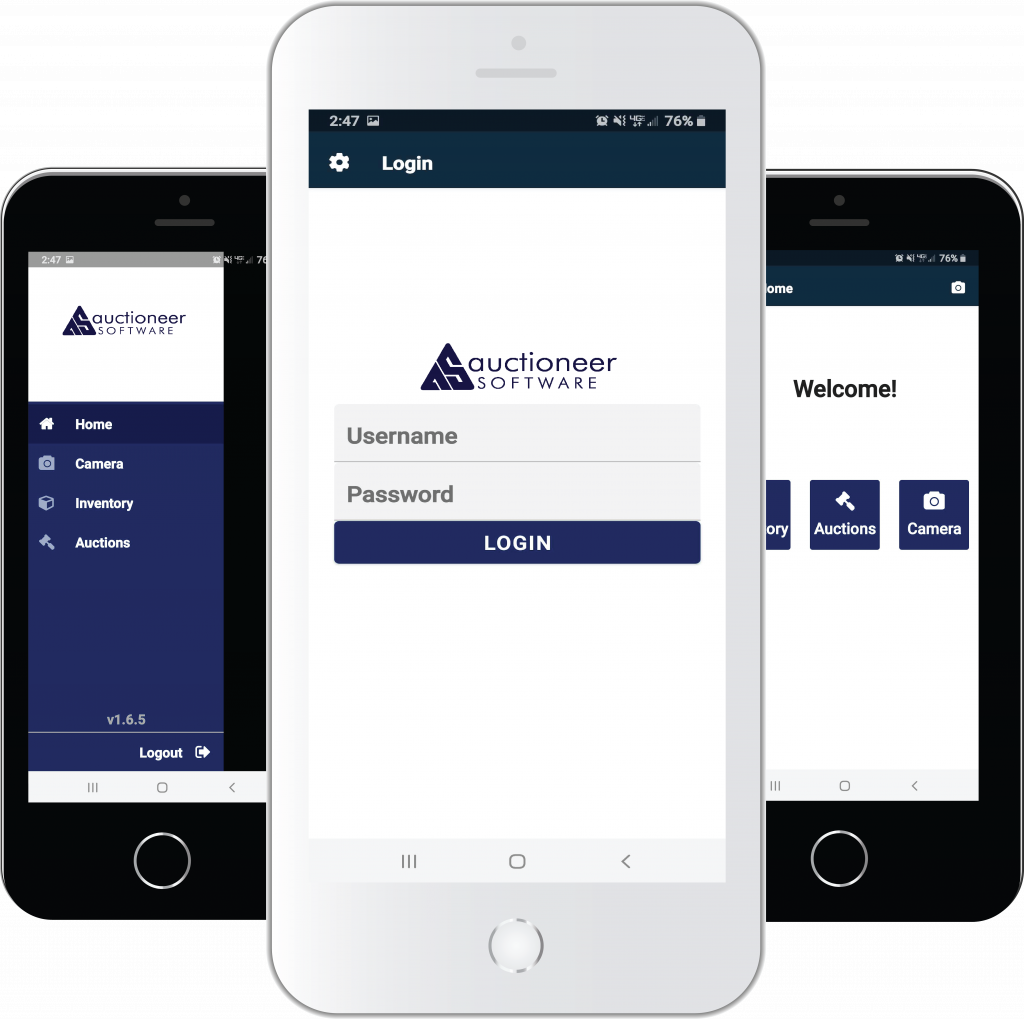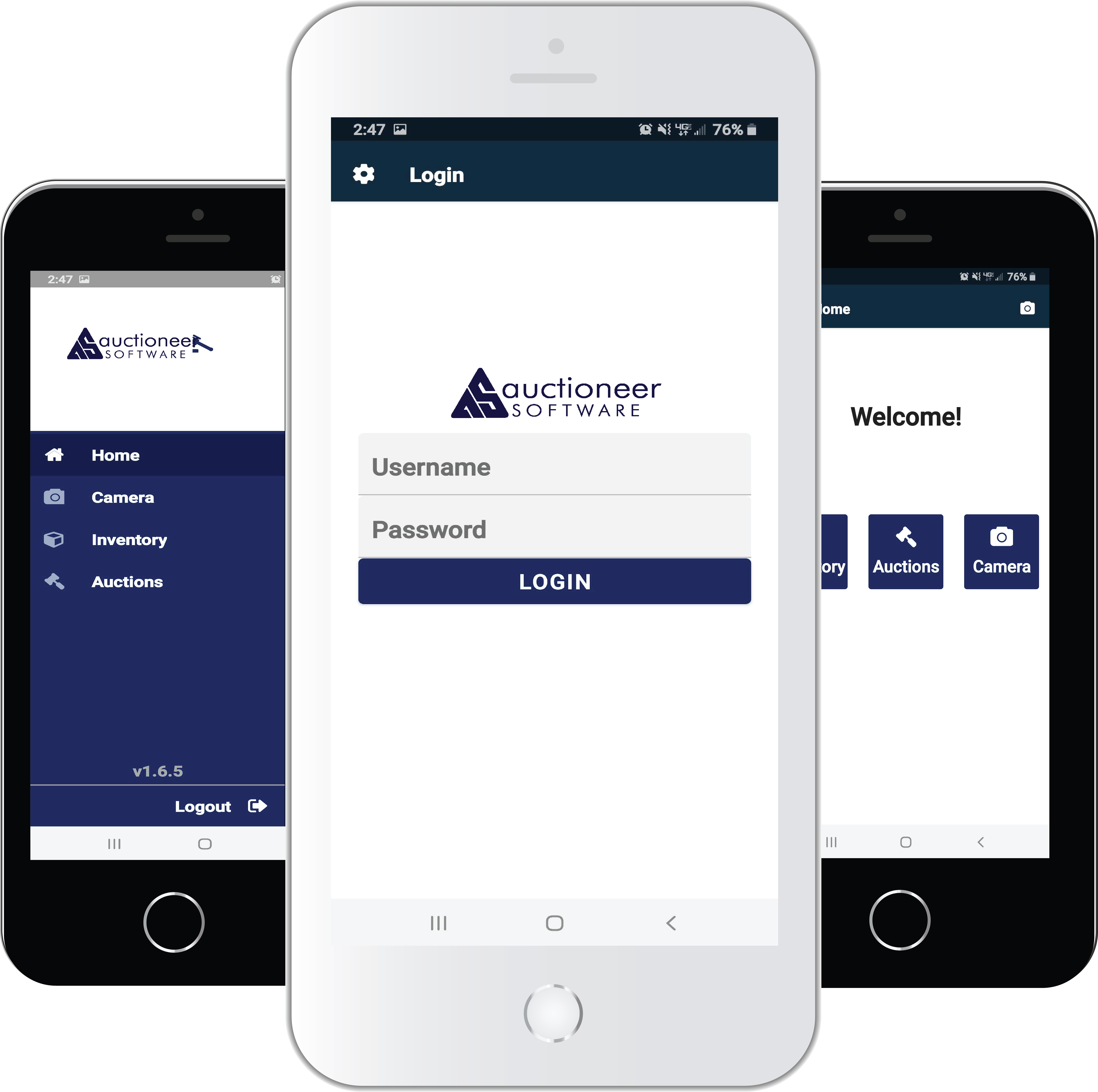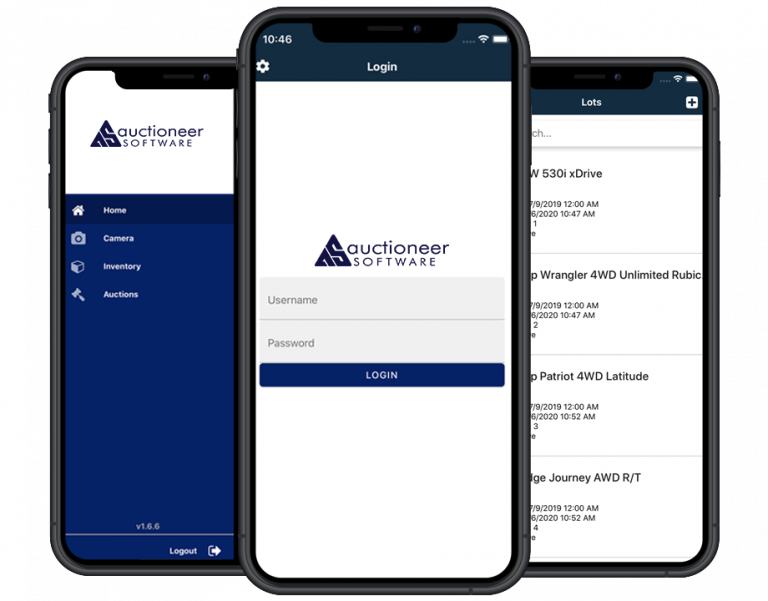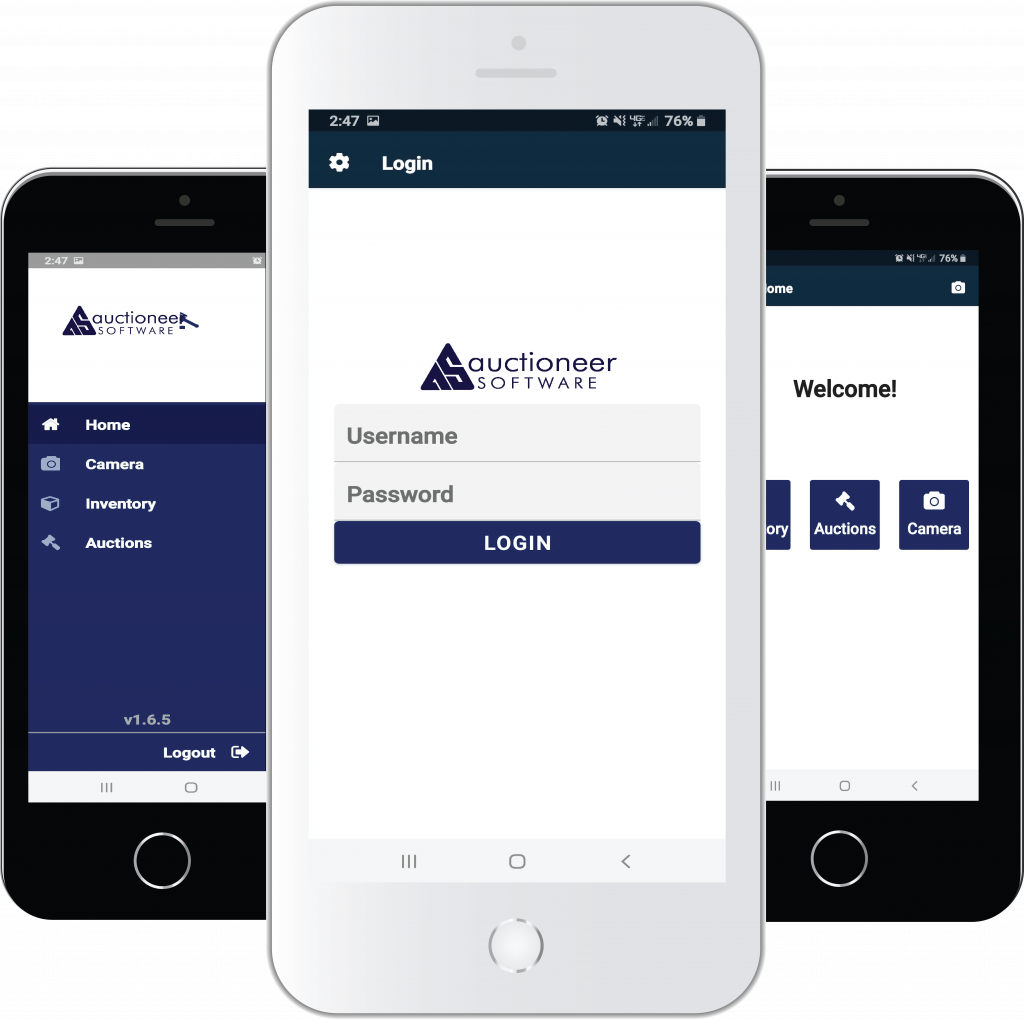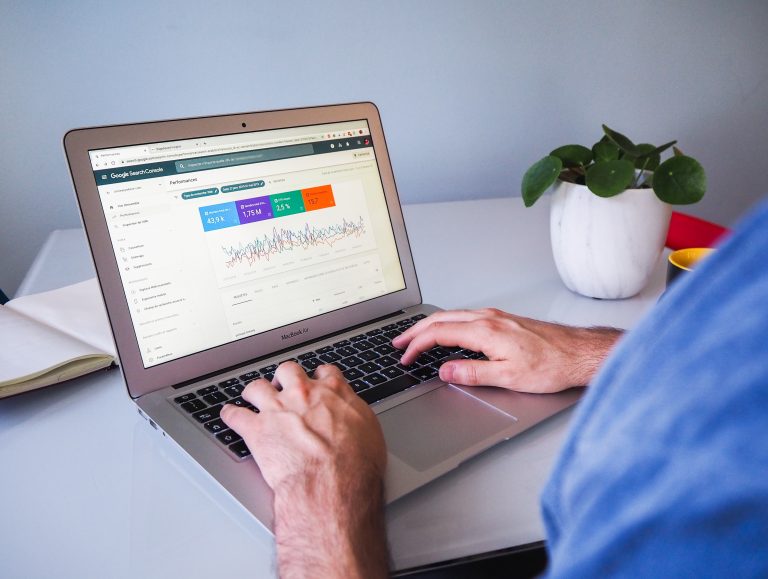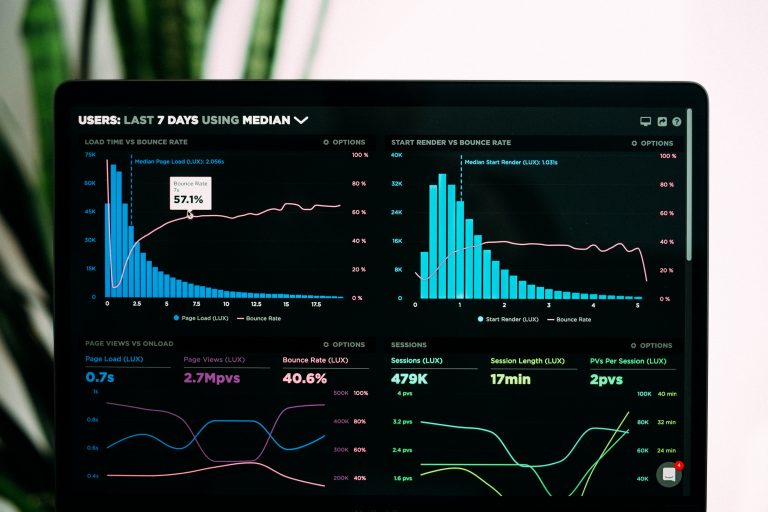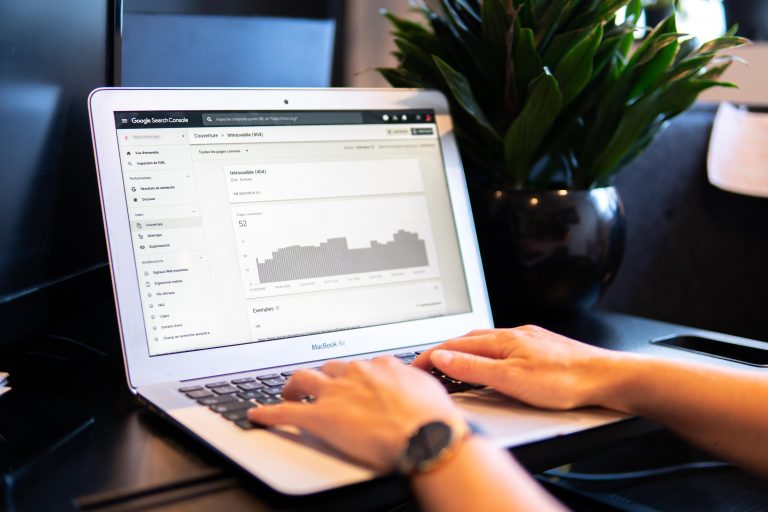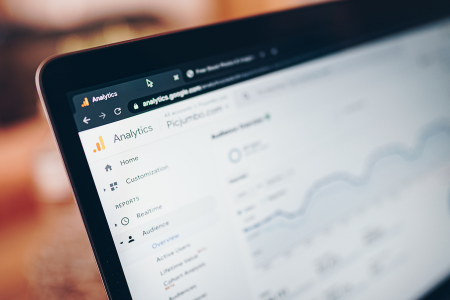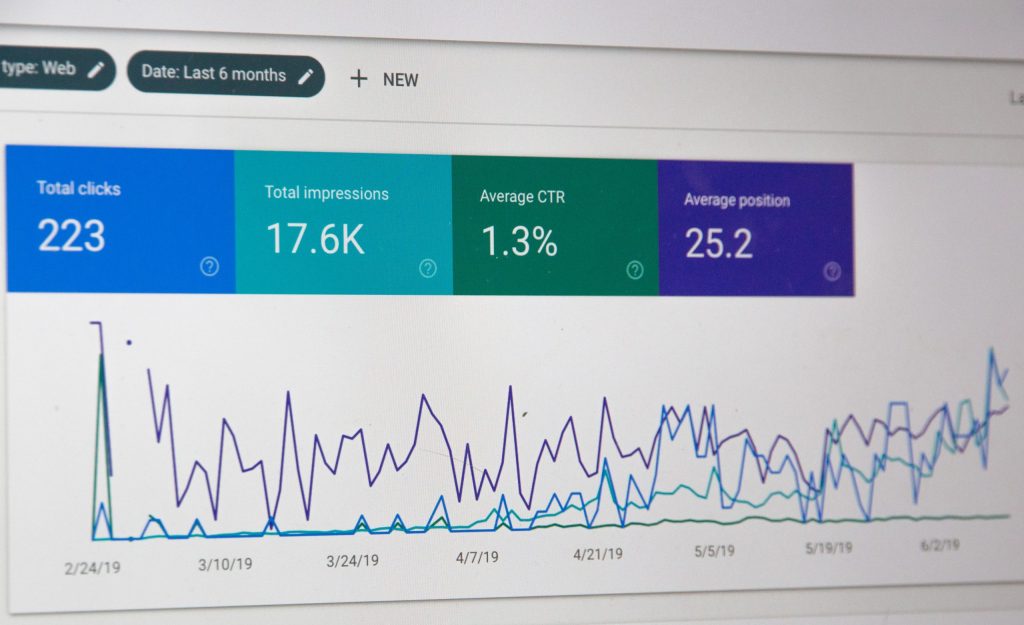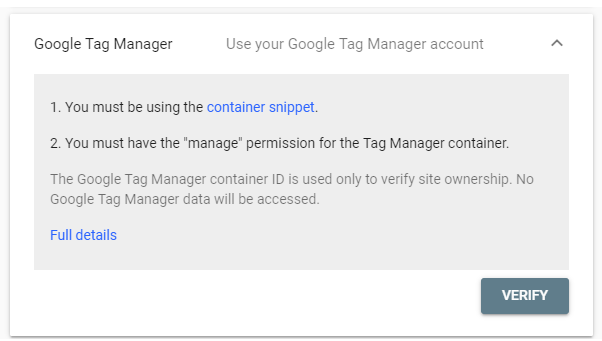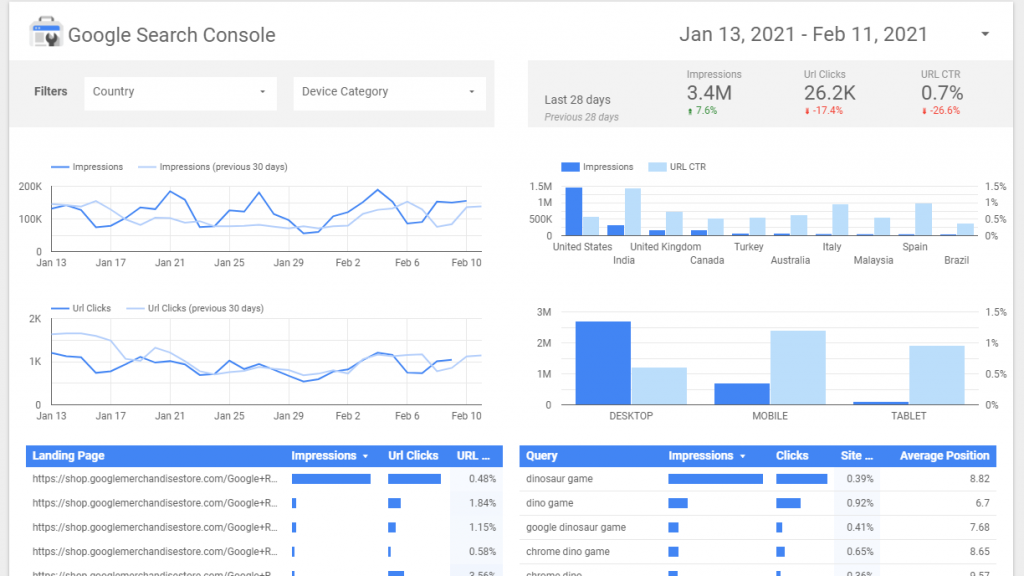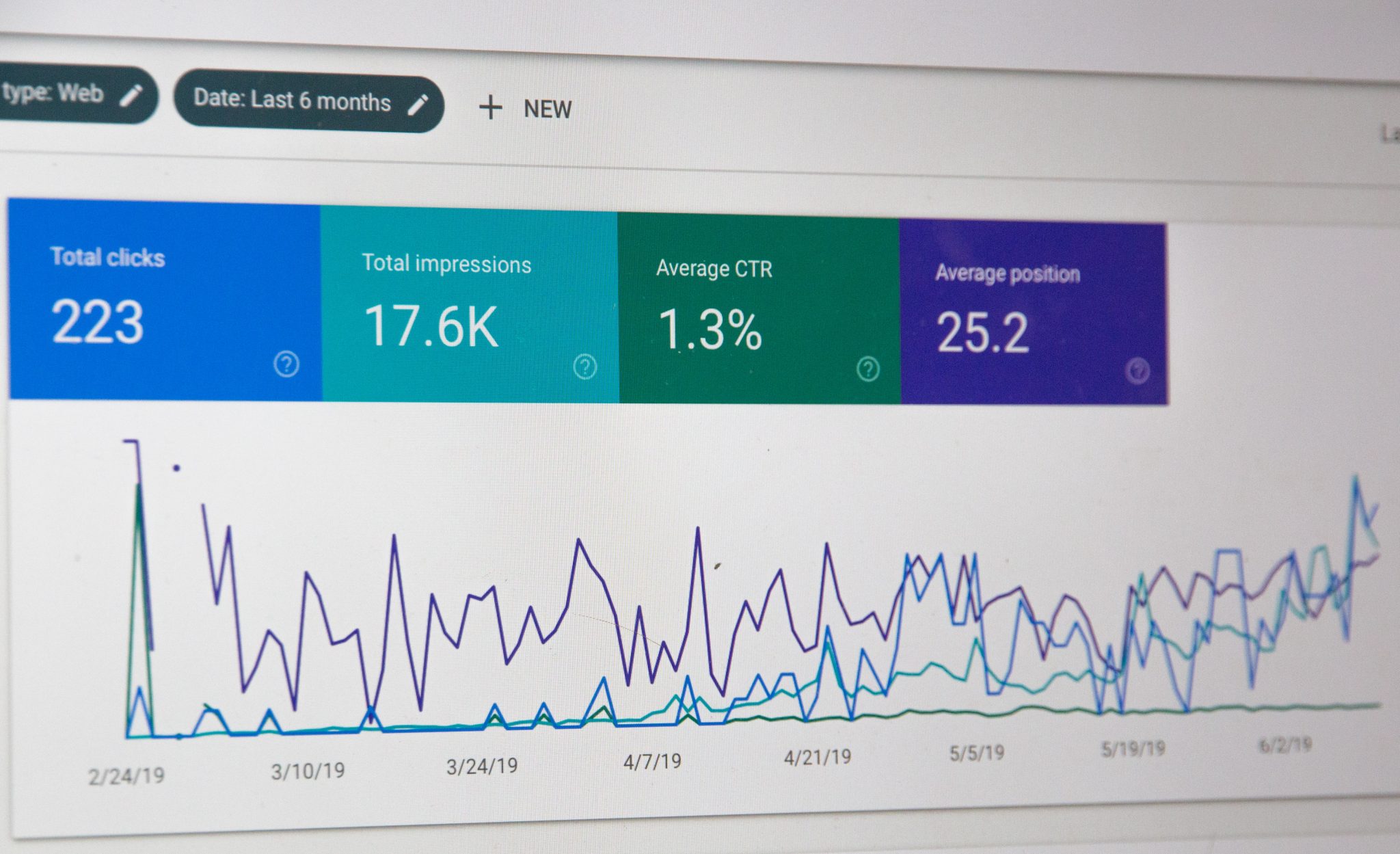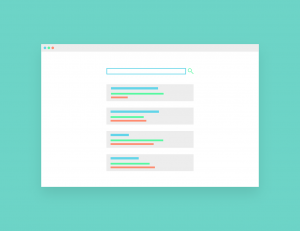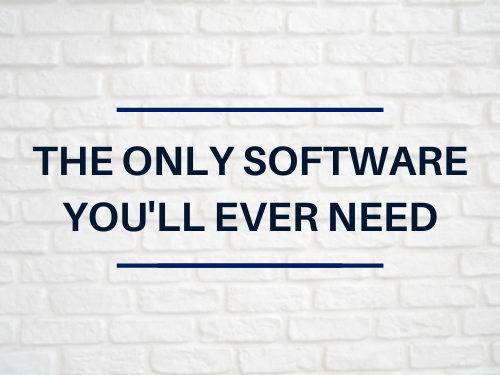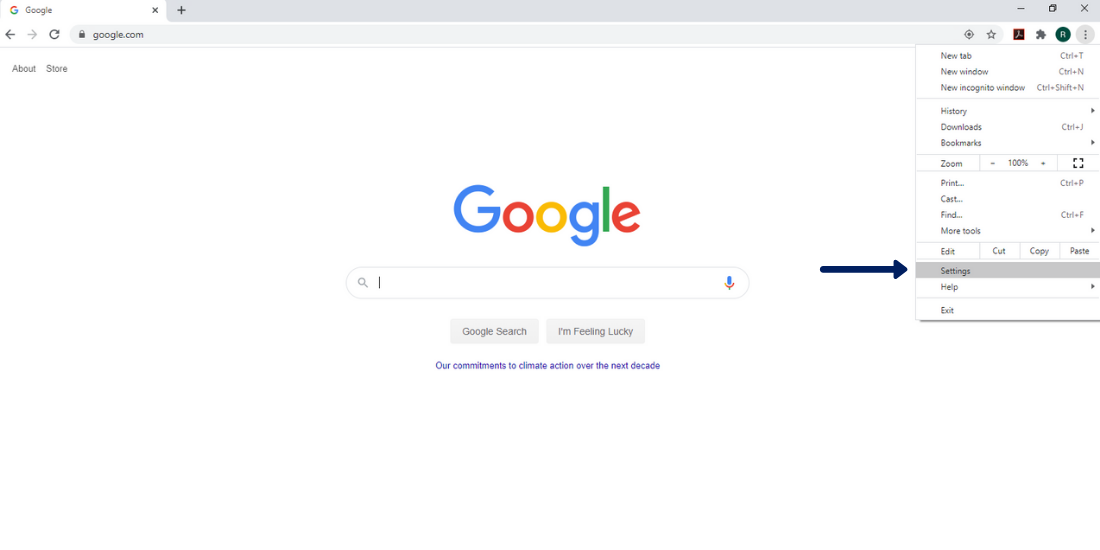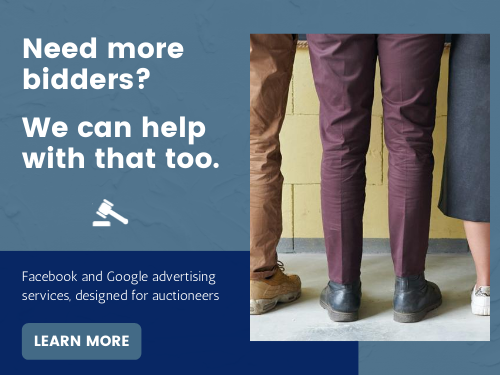
Livestock Auction Software: Maximizing Efficiency
Taking your livestock auctions online presents a myriad of advantages that revolutionize the traditional livestock trading landscape.
The digital platform introduces unprecedented convenience, allowing sellers to reach a broader audience without geographical constraints. Online auctions facilitate efficient and transparent transactions, providing real-time bidding and pricing information.
This accessibility not only attracts a diverse pool of potential buyers but also ensures fair market value for your livestock. Additionally, the streamlined process eliminates the need for physical presence, saving time and resources.
Embracing online livestock auctions translates into a modern, cost-effective, and secure approach to trading, ultimately maximizing the market potential for your valuable livestock.

Wide Reach and Accessibility
Online auction platforms play a pivotal role in broadening the reach and enhancing accessibility for sellers in the livestock industry. By leveraging a digital platform, sellers can transcend geographical limitations, effectively connecting with a larger and more diverse audience. The process involves listing livestock on the online platform, and providing comprehensive details about the animals. Sellers can set parameters for the auction, including the starting bid and duration. This approach facilitates participation from potential buyers situated anywhere, significantly increasing the chances of finding suitable purchasers for the livestock. The seamless engagement of buyers from various locations contributes to a more expansive and efficient marketplace for livestock transactions.
Detailed Listings in Livestock Auction Software

Creating detailed listings is a crucial aspect of utilizing online auction platforms for livestock transactions. Sellers have the capability to generate comprehensive listings for each animal they are offering, providing essential information such as breed, age, health condition, and any distinctive attributes. This step involves a meticulous process of accurately representing the characteristics of the livestock. Furthermore, sellers can enhance the listings by incorporating high-quality images and videos, offering potential buyers a clear and comprehensive understanding of the livestock’s physical features and overall condition. The combination of detailed textual information and visual content contributes to a transparent and informative representation, aiding buyers in making well-informed decisions during the auction process. This emphasis on detailed listings enhances the overall transparency and trustworthiness of the online livestock marketplace.
Bidding and Price Transparency
The bidding and price transparency aspects of online auction platforms significantly contribute to a dynamic and equitable marketplace for livestock transactions. The bidding feature enables active participation from buyers, fostering a competitive environment that benefits both sellers and buyers. Participants can place bids in real-time, creating a dynamic and engaging auction process. Importantly, the platform provides real-time updates on bidding activities, ensuring complete transparency throughout the auction. This transparency is crucial in maintaining fairness in pricing for both sellers and buyers. By having immediate visibility into the ongoing bidding process, all participants can make informed decisions, leading to a more efficient and trustworthy livestock auction experience. The combination of bidding functionality and real-time updates enhances the overall integrity and competitiveness of the online livestock marketplace.
Secure Transactions

The implementation of secure transactions is a fundamental feature within online auction platforms for livestock. Integrated payment gateways within the auction software play a pivotal role in guaranteeing the security of financial transactions. This entails a seamless and protected process for both sellers and buyers involved in the livestock transactions. Sellers can have confidence in receiving prompt payments through the integrated payment system, streamlining the financial aspect of the transactions. Simultaneously, buyers can trust the platform for handling transactions securely, fostering a sense of reliability and confidence in the online auction process. The integration of secure payment mechanisms enhances the overall integrity of the platform, contributing to a trustworthy and efficient environment for conducting livestock transactions.
Mobile Compatability for Livestock Auction Software
Mobile compatibility is a crucial aspect of an online auction platform, enhancing the overall user experience and accessibility. In today’s fast-paced world, where individuals are constantly on the move, having the ability to participate in auctions through mobile devices is essential. This convenience caters to users who prefer the flexibility of bidding or monitoring auctions while on the go. Whether they are commuting, waiting in line, or simply away from their desktops, mobile compatibility ensures that users can stay engaged with the auction platform at their convenience. It not only broadens the reach of the platform but also aligns with the evolving trends in digital engagement, providing a seamless and efficient auction experience for a diverse user base.
Documentation and Certifications
Documentation and certifications play a pivotal role in fostering transparency and trust within an online auction platform, particularly in the context of sellers. By allowing sellers to upload pertinent documents like veterinary certificates, the platform ensures that crucial information about the items being auctioned is readily available to potential buyers. This not only enhances the credibility of the sellers but also instills confidence in the buyers, knowing that they have access to authentic and verified documentation. The transparent sharing of certifications creates a more informed marketplace where buyers can make educated decisions based on the documented history and condition of the items. Ultimately, this practice not only builds trust between buyers and sellers but also elevates the overall integrity of the online auction environment.
Conclusion
From wide reach and accessibility, detailed listings, and bidding transparency to secure transactions, mobile compatibility, and the significance of documentation and certifications, each element plays a crucial role in shaping a dynamic and trustworthy marketplace. The integration of these features not only caters to the evolving needs of participants but also ensures a transparent, efficient, and competitive environment for livestock transactions. As technology continues to reshape industries, embracing these key components becomes essential for fostering integrity, reliability, and confidence in the online auction process, ultimately enhancing the overall experience for both sellers and buyers in the livestock market.







